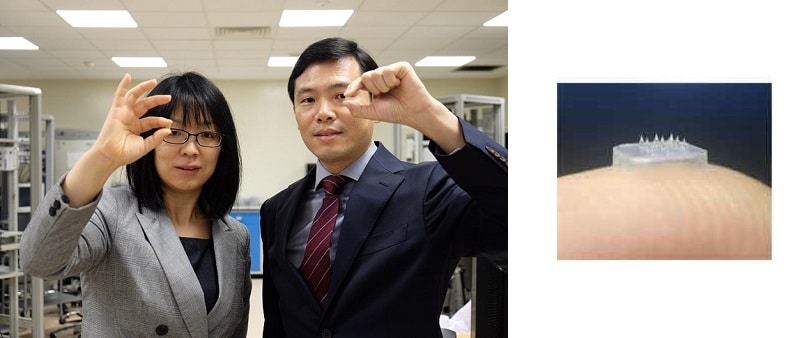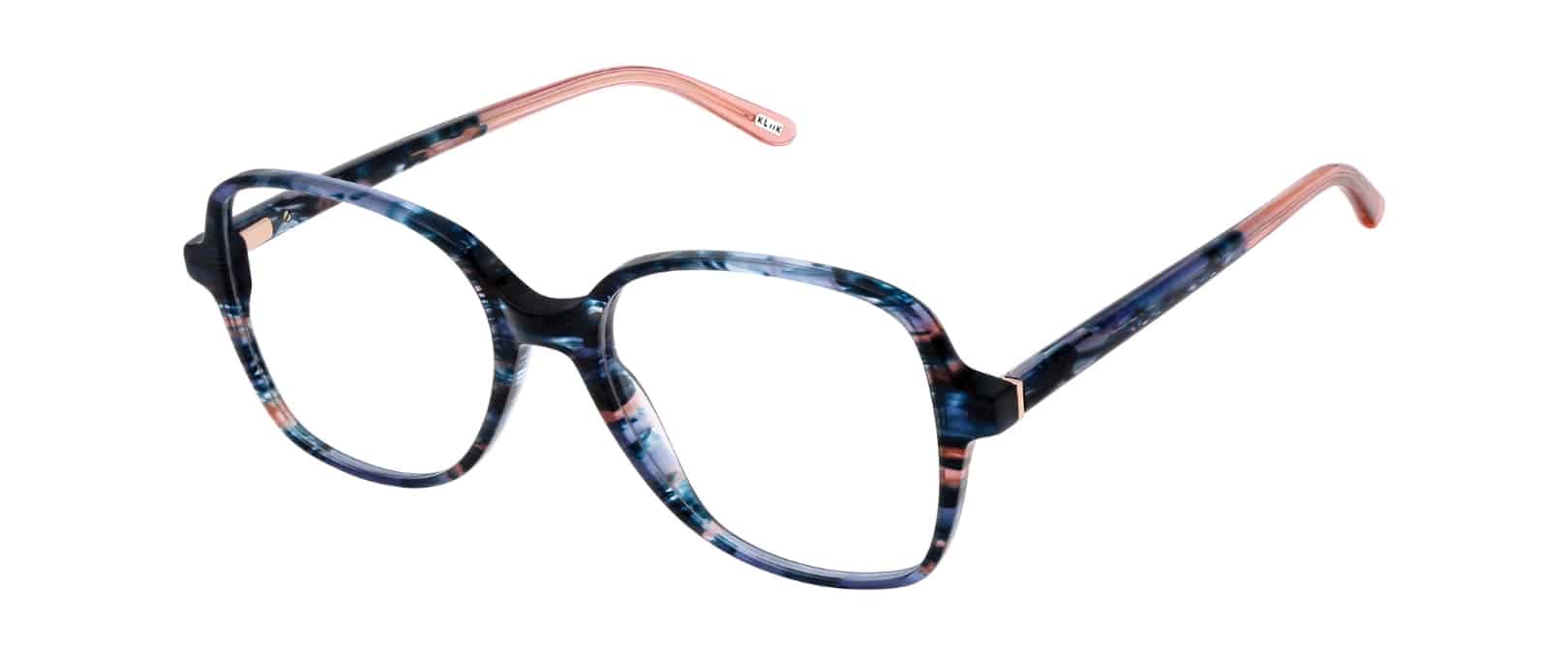Scientists Develop a “Contact Lens” Patch To Treat Eye Diseases
Thursday, December 20 2018 | 05 h 32 min | Vision Science
Researchers at Nanyang Technological University in Singapore have developed a new device for delivering drugs to the eye for treating diseases such as macular degeneration.
The research team, led by Professor Chen Peng of the School of Chemical and Biomedical Engineering, published their results in the November issue of Nature Communications.
The device could be an alternative to injections, which carry an infection risk, and eye drops, which get washed away by tears and have difficulty penetrating the eye’s defenses. “These two current methods only produce a burst release of drug with a short effective duration,” said Chen. “This is not ideal, especially when treating chronic progressive eye diseases that require slow and sustained treatment, such as glaucoma.”
The new approach the team developed to treating eye diseases consists of a small (2 millimetre by 2 millimetre), contact lens-like patch that is covered in nine biodegradable microneedles. The needles are made from hyaluronic acid, a chemical that is found naturally in the eye, and a common ingredient of eye drops.
The patch is applied similarly to a contact lens and pressed onto the eye “briefly and gently.” The microneedles then detach themselves into the cornea, where they deliver medication at a controlled rate. Because the needles are made of a biodegradable material, they eventually dissolve away.
“The microneedles are made of a substance found naturally in the body, and we have shown in lab tests on mice that they are painless and minimally invasive,” said Professor Chen. “If we successfully replicate the same results in human trials, the patch could become a good option for eye diseases that require long-term management at home, such as glaucoma and diabetic retinopathy.“
Chen said that his team has filed a patent for the technology and are currently looking for clinicians to study the feasibility of medical trials.








